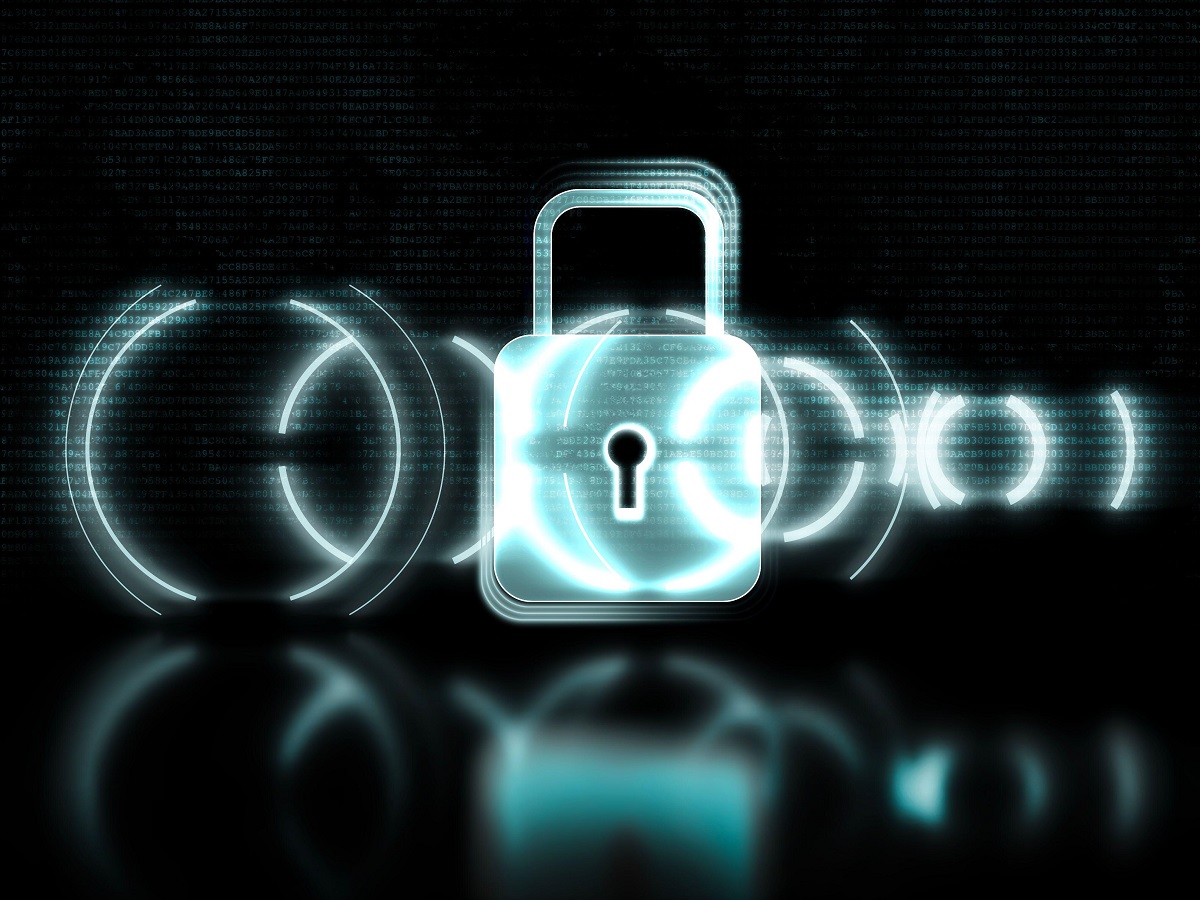
October 12, 2023 at 10:38AM
The private sector’s utility, telecom, banking, transportation, and medical networks are facing unprecedented threats from state actors, particularly from China. The Director of National Intelligence warns that China is capable of launching cyberattacks that could disrupt critical infrastructure services within the United States. To protect their networks, organizations should cultivate visibility at network overlaps, protect the entire critical enterprise, and prioritize security in technology procurement. These measures are essential to counter the nation-state threat.
Summary:
– The private sector’s utility, telecom, banking, transportation, and medical networks are crucial for modern life but are facing increasing threats from state actors, particularly China, as highlighted in the Department of Defense’s cybersecurity strategy.
– Protected enclaves within networks need to be secured while maintaining connectivity for essential operations, and organizations should focus on visibility and consistency in risk evaluation and security at network junctures.
– Critical infrastructure organizations need to prioritize securing their critical enterprise functions, such as HR and finance, as lateral movement within networks can pose a significant risk.
– Organizations should incorporate a culture of security, training, and preventive cybersecurity architecture to mitigate human-enabled attacks.
– The US government’s rigorous technology readiness assessment and operational testing and evaluation processes can provide valuable insights for private sector organizations to strengthen their cybersecurity measures.
– Private sector organizations should adopt security-by-design principles and ask relevant security questions during procurement to enhance the security of critical infrastructure and critical enterprise.
Key Takeaways:
1. Private sector organizations should prioritize network security while ensuring connectivity for operations.
2. Securing critical enterprise functions is essential to prevent lateral movement within networks.
3. Incorporating a culture of security and preventive measures is necessary to counter human-enabled attacks.
4. Private sector organizations can learn from the US government’s technology assessment and testing processes.
5. Implementing security-by-design principles and asking relevant security questions during procurement can enhance overall cybersecurity.